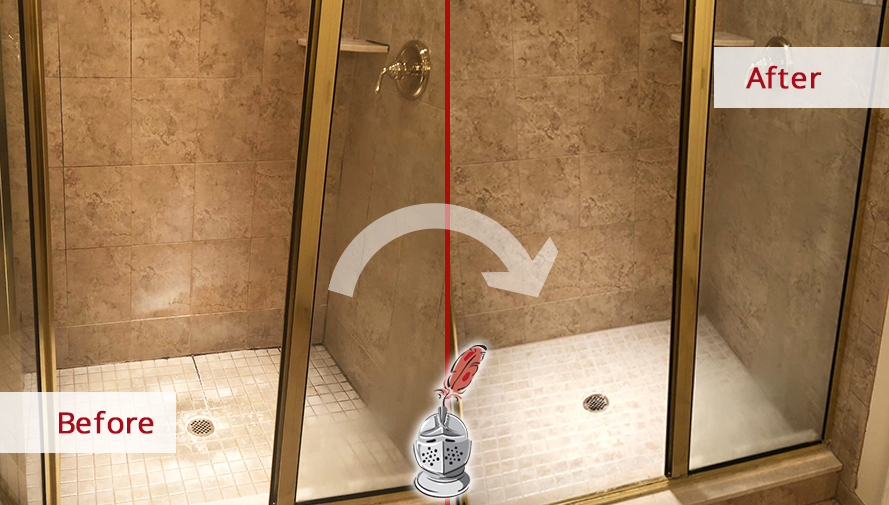Were you in search of ideas on How to Prevent Bathroom Water Damage?

The bathroom is exceptionally susceptible for wet build-up and possible water damage as a result of the regular use of water in it. This post offers straightforward evaluation strategies to assist detecting water damage threats.
The regular use water in the restroom makes it extremely prone for moist build-up and also prospective water damages. By examining it consistently, you can decrease water relevant damages.
The adhering to set of assessments is easy to do and also ought to be done as soon as in every three months in order to maintain your washroom in good shape and also to prevent prospective water problems caused by the tub, the shower, pipeline joints and plumbing, sinks, cupboards, and also the toilet
Do not disregard performing these evaluations and also be thorough while doing them. Remember that these simple evaluations can conserve you a great deal of cash by giving early indications for water damage
Sinks as well as Cabinets
Sinks as well as cupboards are revealed to dampness and also humidity daily and are frequently ignored. Check on a regular basis under the sink as well as on the kitchen counter over it. Fix any kind of drip in the catch as it might recommend drainpipe troubles. Check out the sink, slow-moving draining pipes may suggest an obstructed drainpipe. Change sink seals if they are cracked or loosened.
Bath tub and also Shower
The shower and bathtub require special interest as well as maintenance. Examine the floor tiles as well as replace if broken. Make sure that there is no missing out on cement between the tiles. Inspect and also change cracked caulking at joints where the wall surfaces satisfy the floor or the bath tub. Blocked drains as well as pipes troubles will prevent the bath tub from drying and also might indicate severe issues under the tub. Consult with a specialist instantly to stop structural damages. Take note of stainings or soft areas around the bath tub walls as they might indicate an inner leakage.
Plumbing
Signs for water damage are hard to identify considering that a lot of pipes are mounted inside the wall surfaces.
Pay special attention to floor covering as well as wall surfaces dampness as well as spots as they might suggest an unnoticeable plumbing issue. Check moisture levels in adjacent areas too.
The Commode
The toilet is an at risk water junction. Check the water lines and search for leaks around the toilet seat, in the hose, and under the water tank. If you spot any signs of moisture on the floor around the bathroom, look for leakages in the toilet edge and also container seals.
Be aware that hanging toilet bowl deodorants increases the chances for clogs.
Water Damage Signs In The Bathroom To Avoid Cleanup
Musty smell
This is one of the easiest signs to catch because musty smells are so odorous. The damp, earthy, moldy smell should be a big red flag. The smell will develop when moisture gets trapped in surfaces, and begins to facilitate mold growth. Leaking pipes under cabinets, inside walls, and behind shower fixtures will cause moisture to stay trapped and not dry, which will lead to mold growth and spread. As soon as you notice any musty smells in your bathroom, have it checked for hidden water damage and cleanup signs.
Visible mold
If the smell isn’t there to give it away, sometimes you will actually see mold growth. Finding mold in your bathroom is a serious problem, because mold is very harmful to your health. By the time mold growth is visible, it also means that water damage has already occurred and been present for some time. The only way the mold problem can be resolved is to find the source of the moisture and get it stopped. To safely and adequately remove mold, you need to have professionals handle the remediation. Do not waste any time in getting mold problems addressed, fixed, and sanitized so that you can protect you and your family from the many respiratory symptoms caused by mold exposure.
Damaged floors
Bathroom floors should be able to withstand some exposure to water while still remaining in good condition. However, when excess exposure or water leaks occur, they will begin to damage even the most water-resistant flooring. If you notice any cracking, bubbling, staining, or warping on your bathroom floors, there is probably a water leak somewhere causing the distortion. If you notice areas of the floor have become softer, or even have a spongy feeling, there is probably damage to the subfloor. Subflooring is typically made up of plywood. When plywood is exposed to water or moisture, it will absorb it. Once it has become saturated, the weight of the excess water will cause the wood to swell and soften. Check the floors in your bathroom frequently to catch any of these sings before they lead to damaged subflooring.
Changes on walls
When water leaks behind walls, it will cause changes in the drywall. Peeling plaster, blistering paint, and soggy wallpaper are all good indicators that excess water is building up behind the wall. Water leaking behind drywall will cause it to swell and be soft to the tough. If you start to notice gaps along the trim of your walls, or where tile meets the wall, it could also be a strong indicator that there is a leak behind the wall. Any changes, distortion, or damage on the walls should be evaluated as soon as you notice it to prevent further water damage and cleanup.

I'm very eager about Common Causes of Water Damage in a Bathroom and I hope you enjoyed the new piece. Sharing is nice. You never know, you may very well be helping someone out. We value reading our article about Common Causes of Water Damage in a Bathroom.
Get An Estimate
Comments on “Exactly How to Help Prevent Water Damage in Your Bathroom”